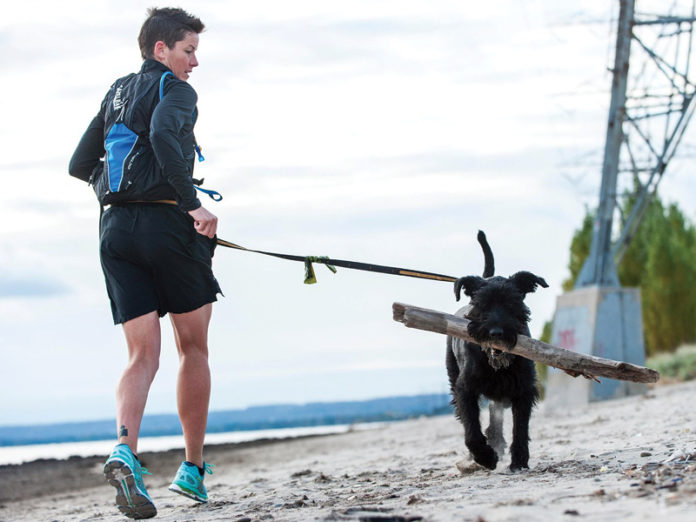
All things retro seem to be cool these days. But what about retro running, also known as backward running? Don’t scoff. It’s a ‘thing’ and it’s been gaining in popularity since the 1980s. There’s even a world championship held every two years with the last one in Bologna, Italy in 2018.
Although you might get a few curious looks while doing it, there are some good reasons to either take up retro running or add it to your current training plan.
Dr. Barry T. Bates has studied backward running at his Biomechanics/Sports Medicine Laboratory at the University of Oregon for over 25 years. His findings show that backward running:
- Requires an erect posture which strengthens the core.
- Puts more emphasis on the flexion of muscles rather than extension which means you’re using your joints and muscles differently.
- Improves spatial awareness and balance because you are looking over your shoulder to avoid obstacles and other people.
- Is lower impact that forward running which means less wear and tear on joints.
- Strengthens hamstrings
- Results in fewer injuries that forward running
- Can sometimes be done by injured runners while in rehab.
There are a few downsides to retro running – it can affect your equilibrium and you’ll probably get a kink in your neck from twisting your head around.
Don’t go away thinking retro running is for wimps. It’s HARD. You’ll burn 30 per cent more calories running this way and increase your stamina considerably. It also gives your quadriceps and calves a pretty good work out.
Retro runners may be few and far between but they’re not slow. Kat Clewley of Canada holds the world record for the women’s retro marathon with a time of 4:26:06.
Despite its attempts at mainstreaming with events like world championships, it’s unlikely this form of running will ever be truly universal. But this form of running has some real merit. And not just because it’s retro.
















